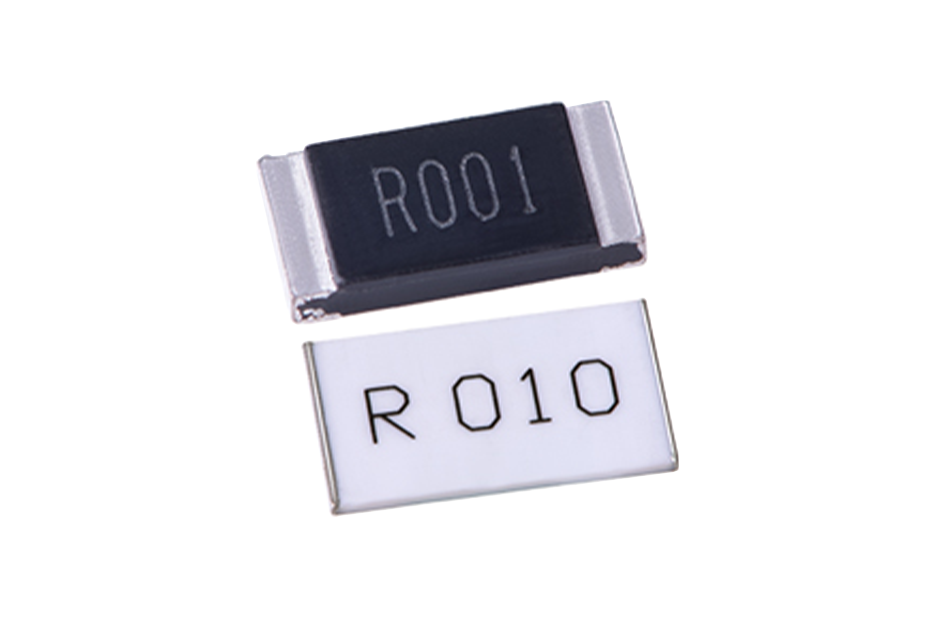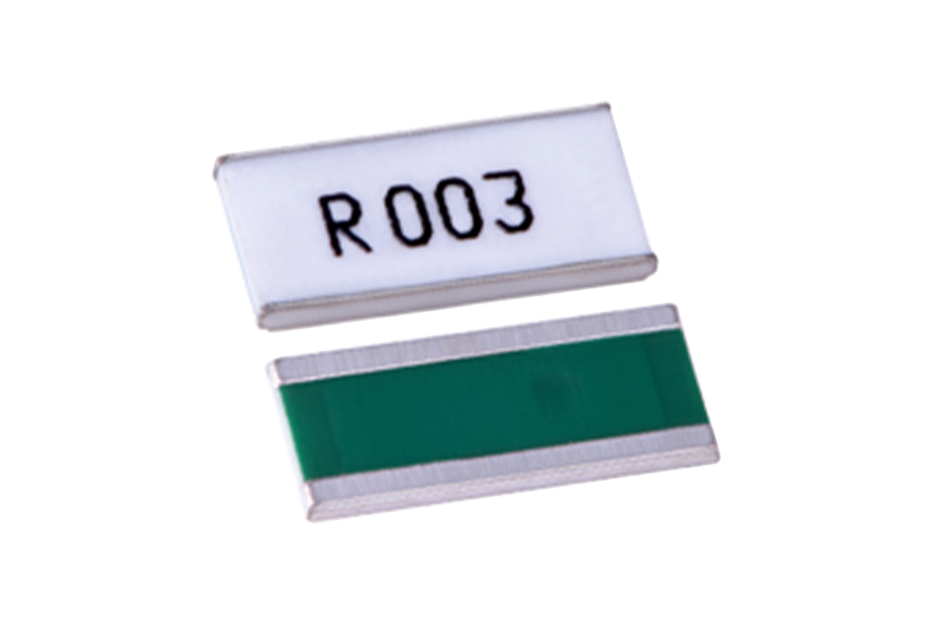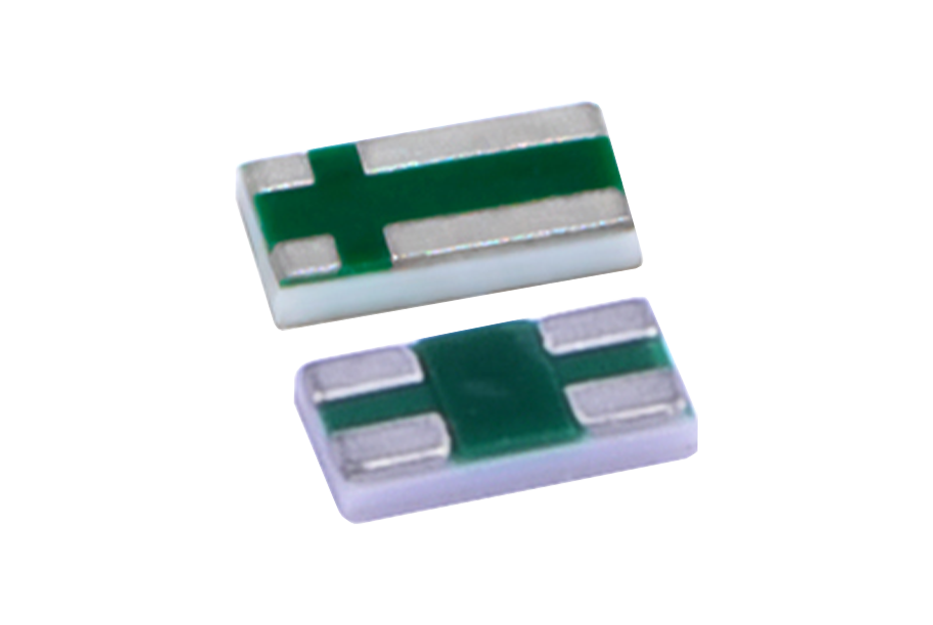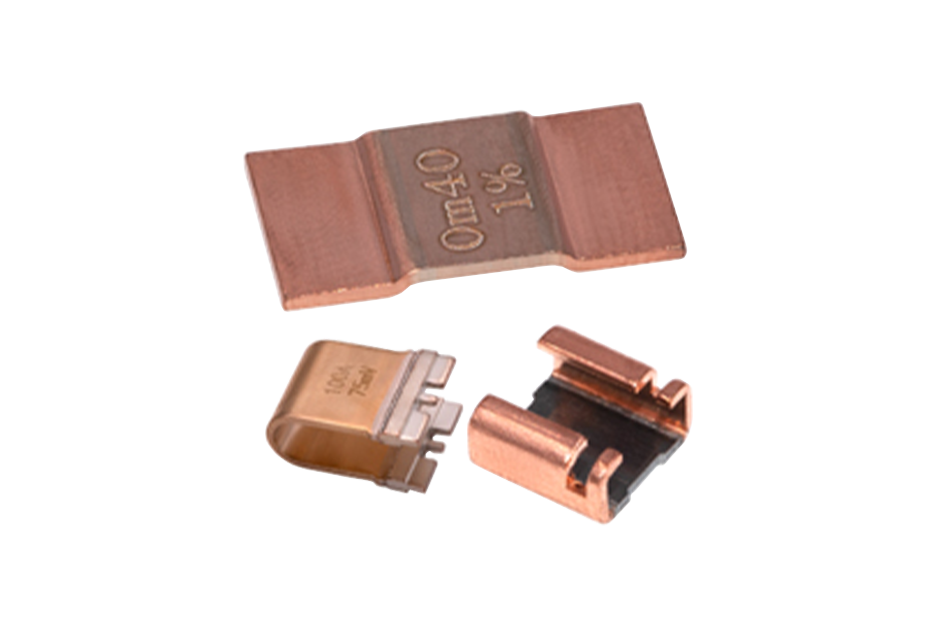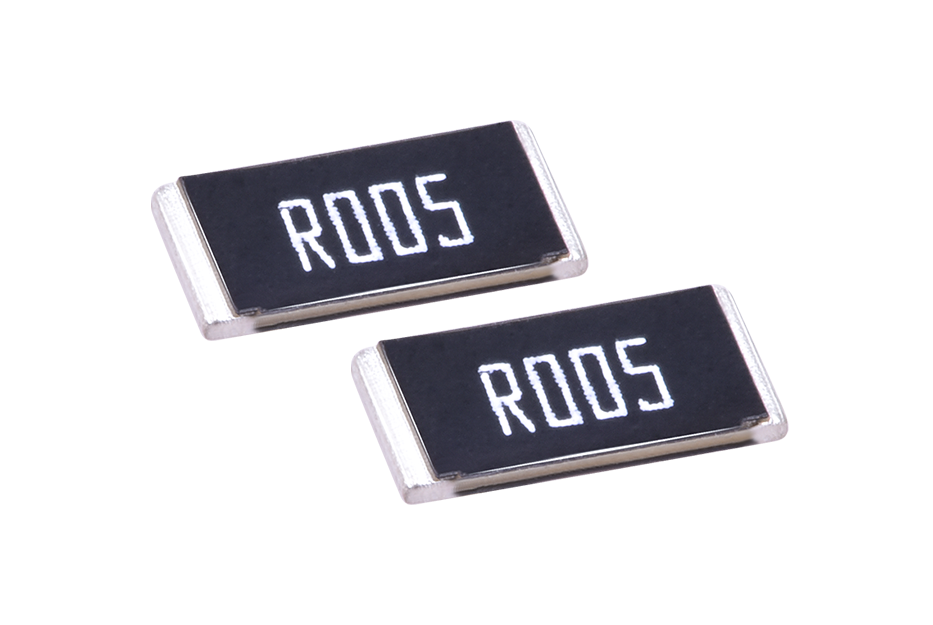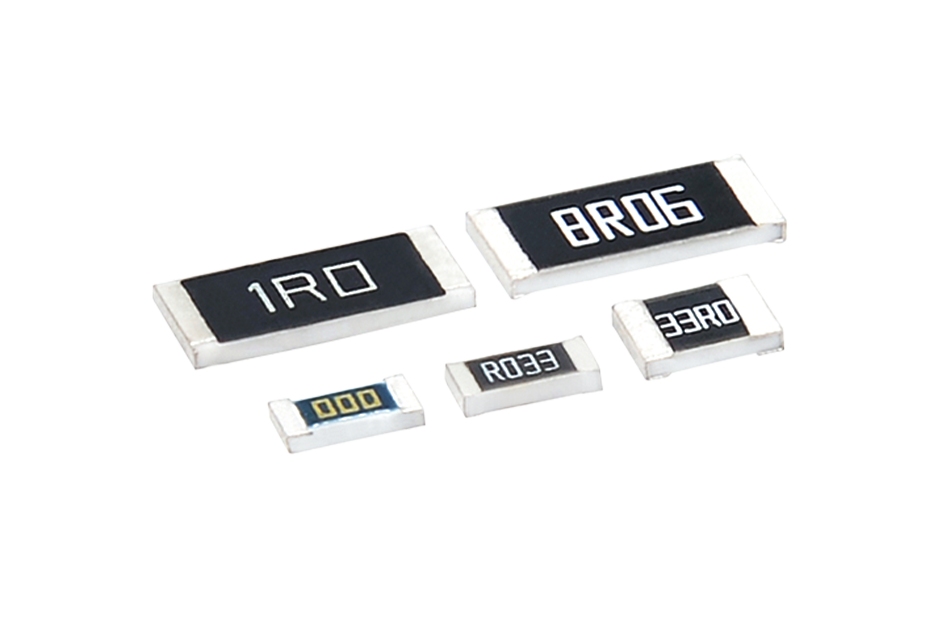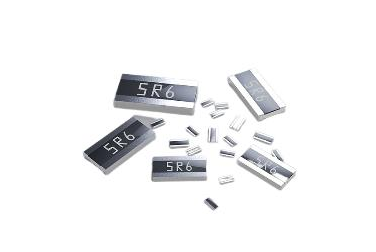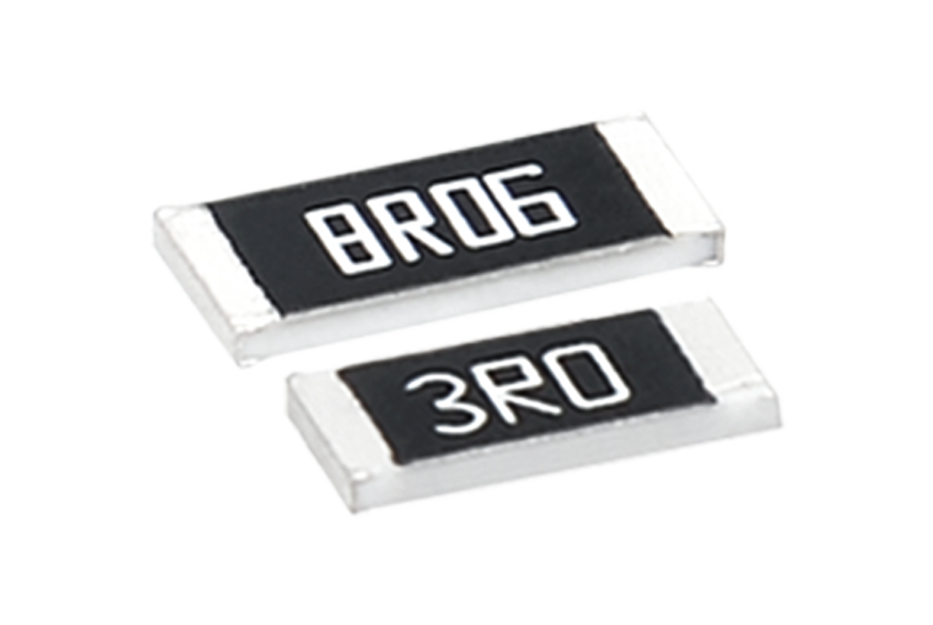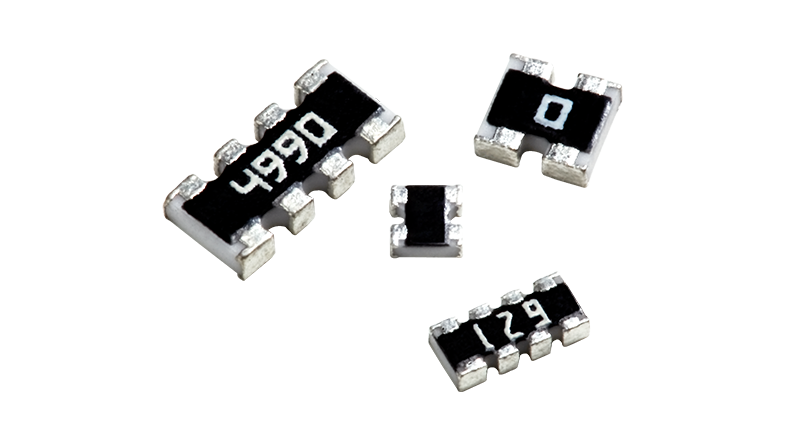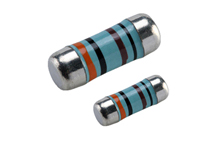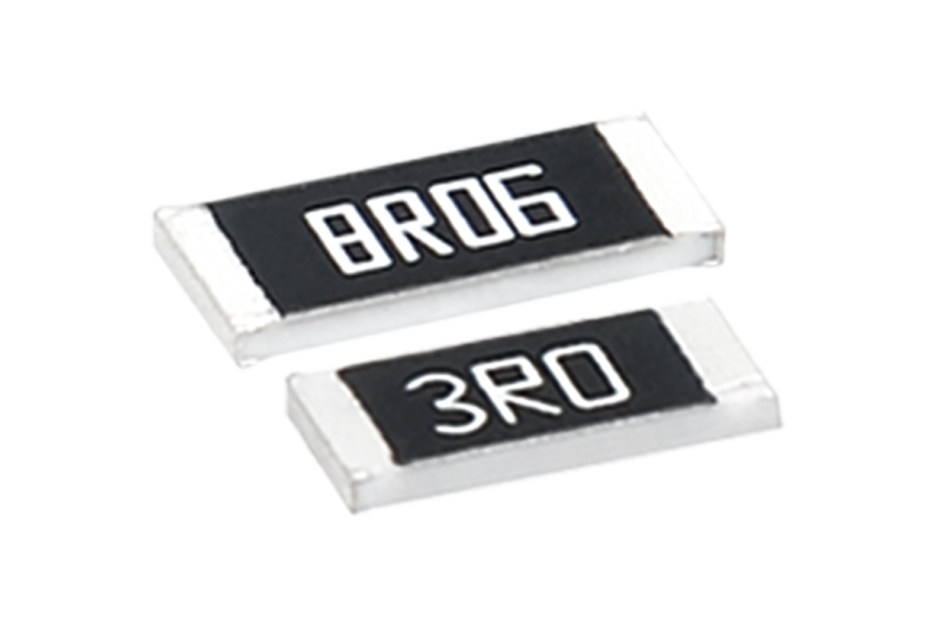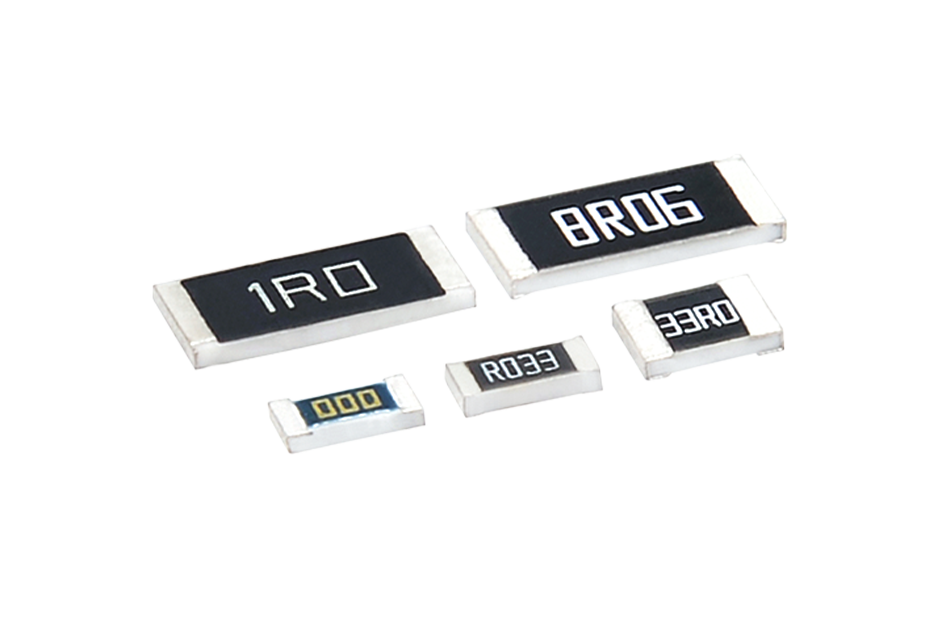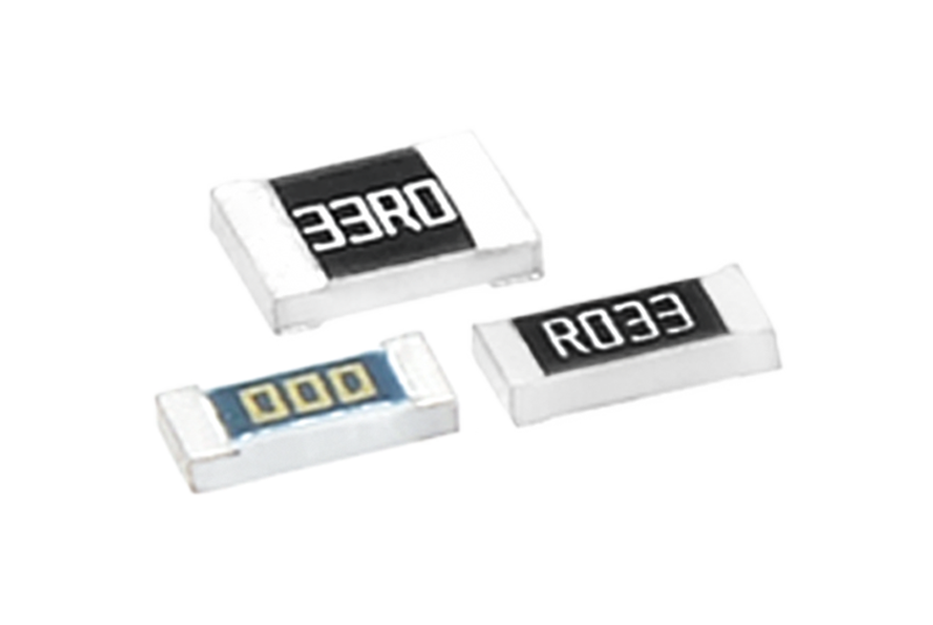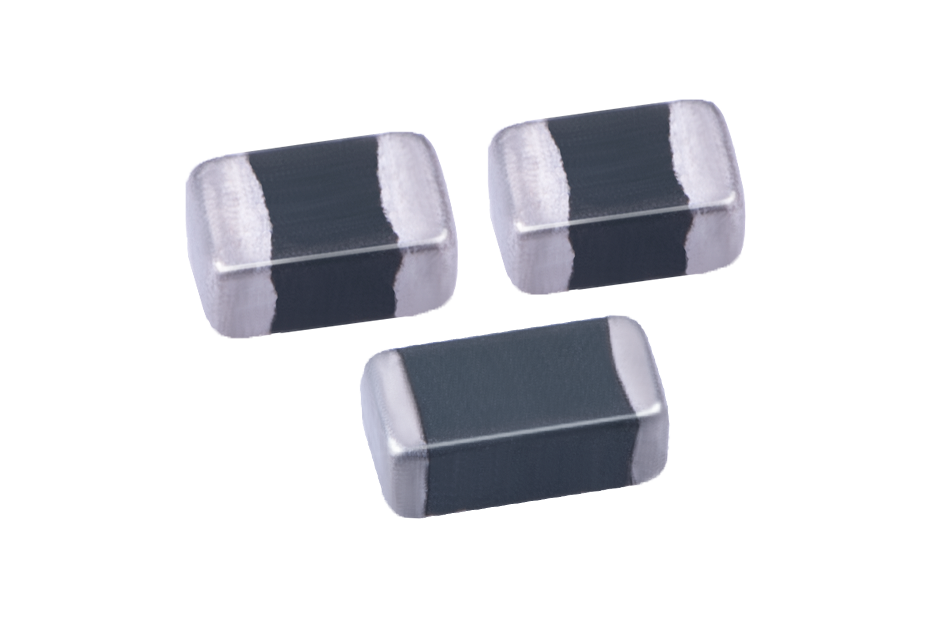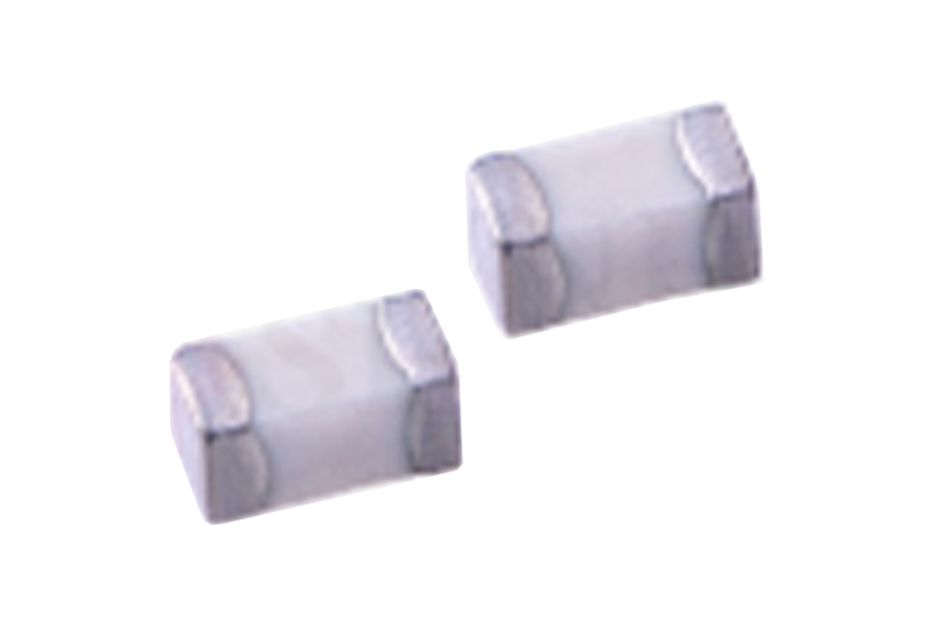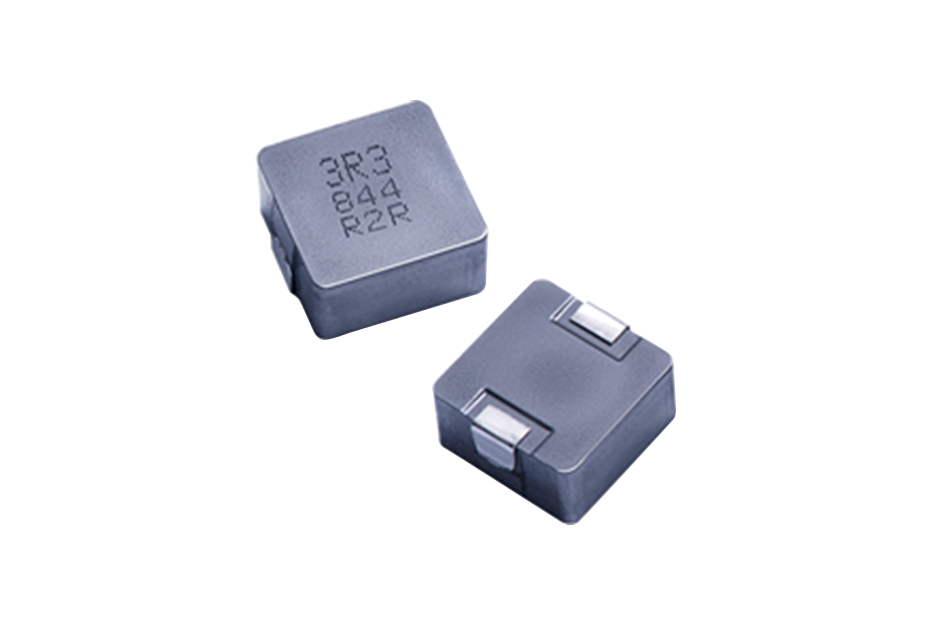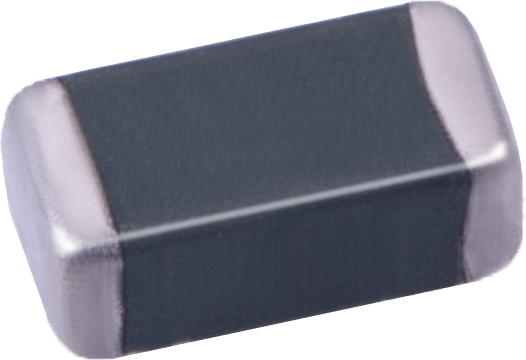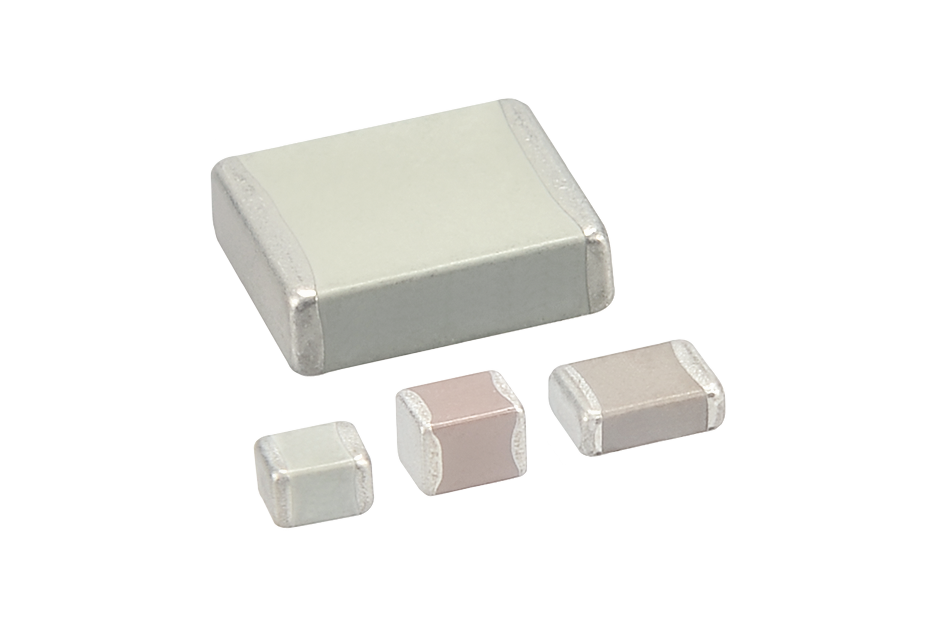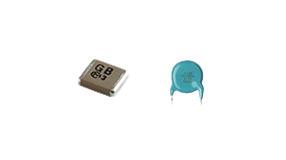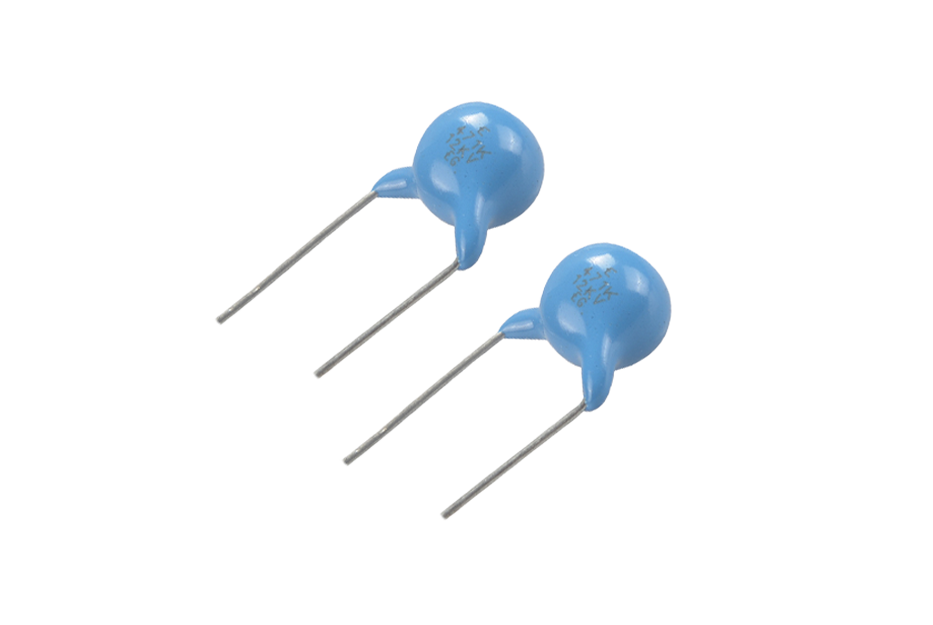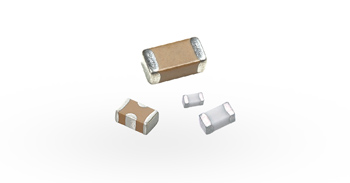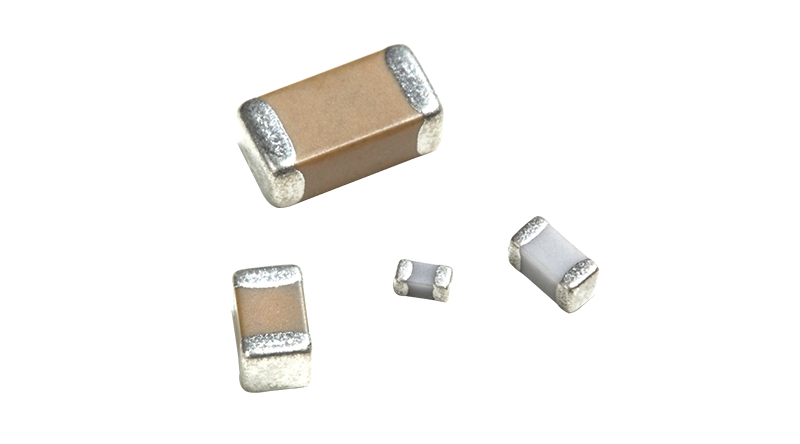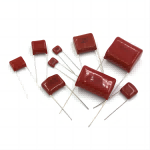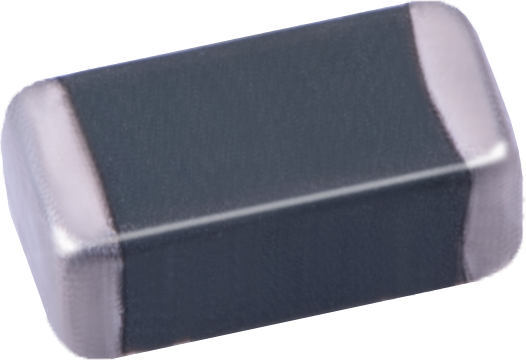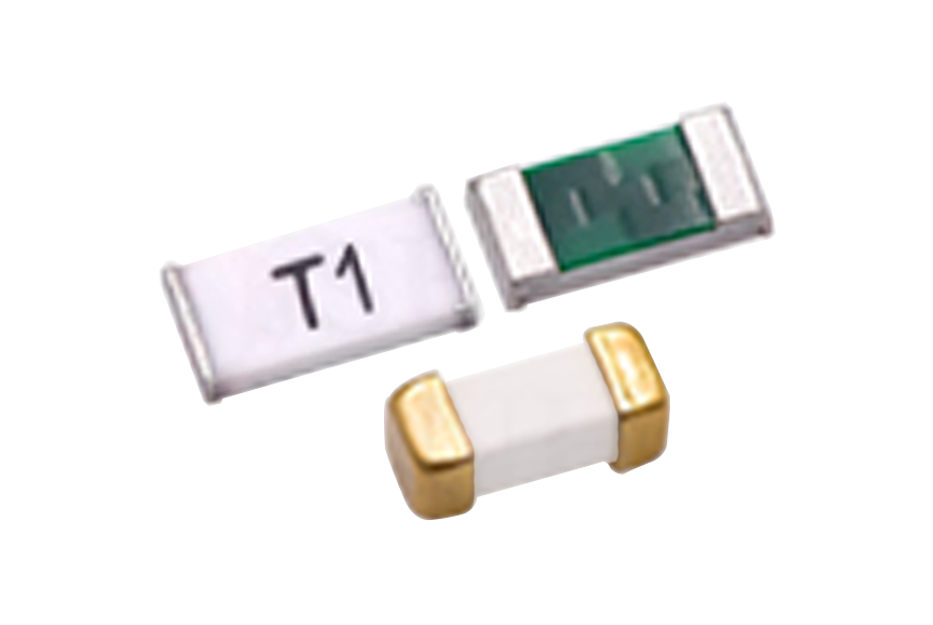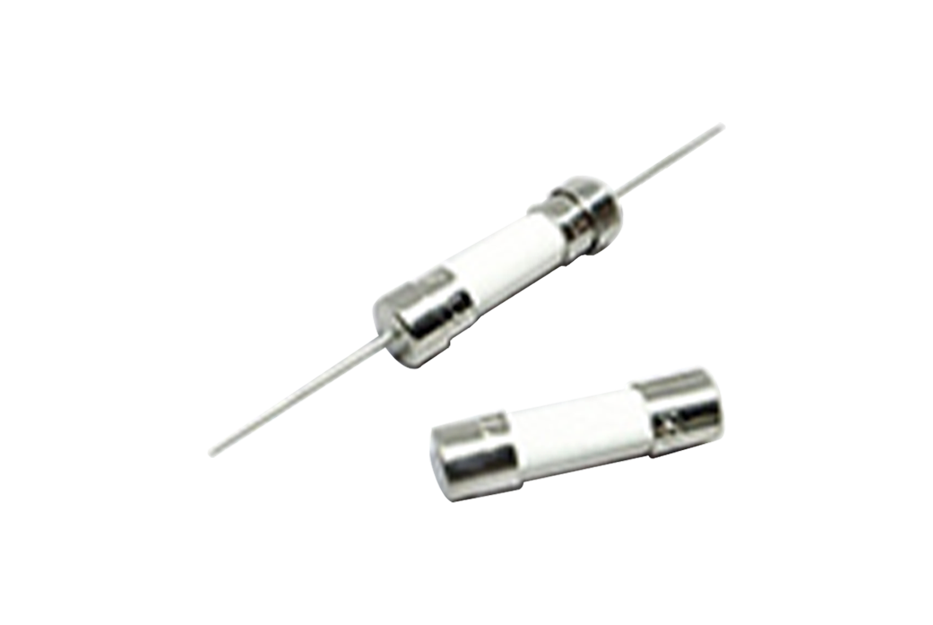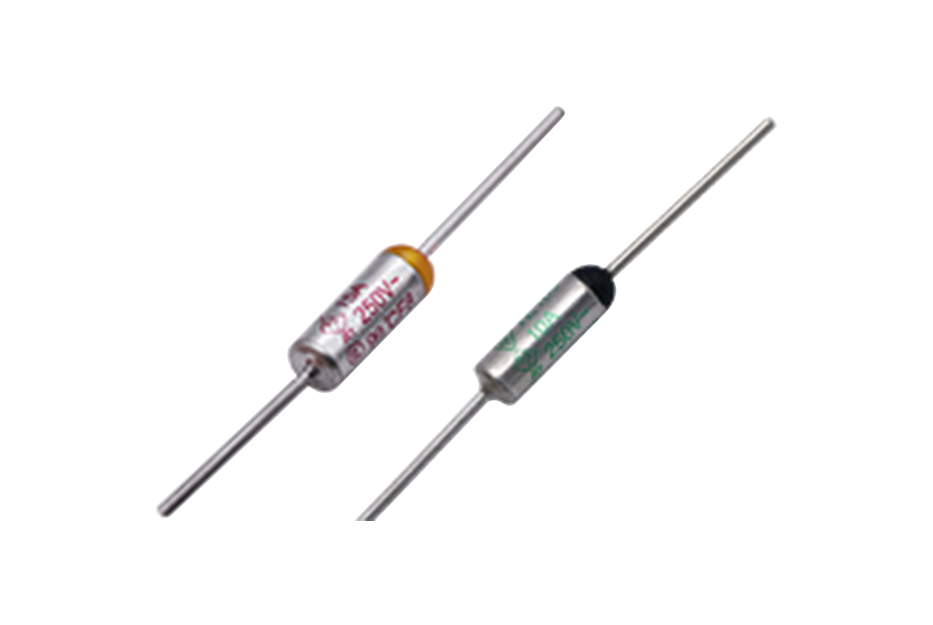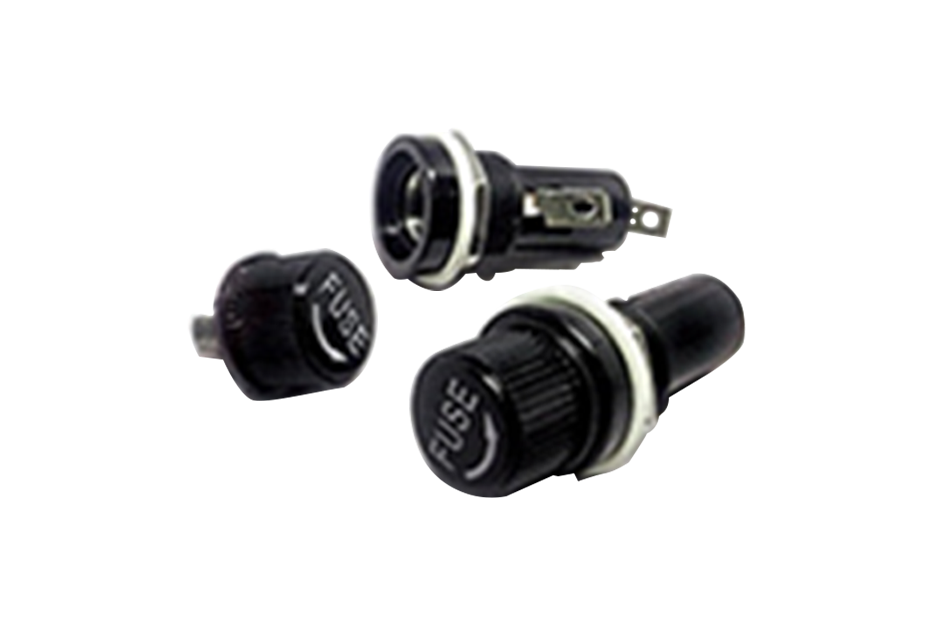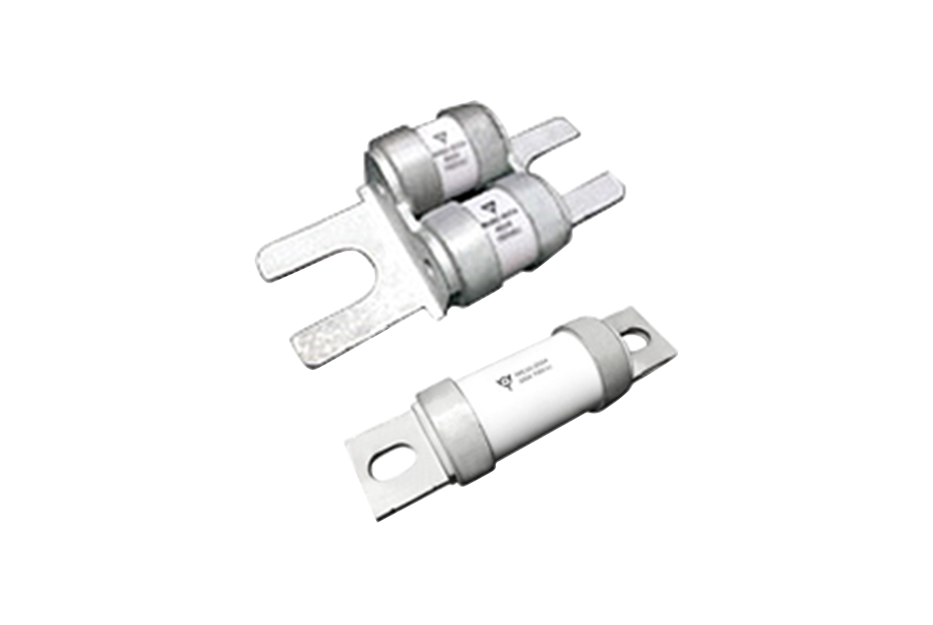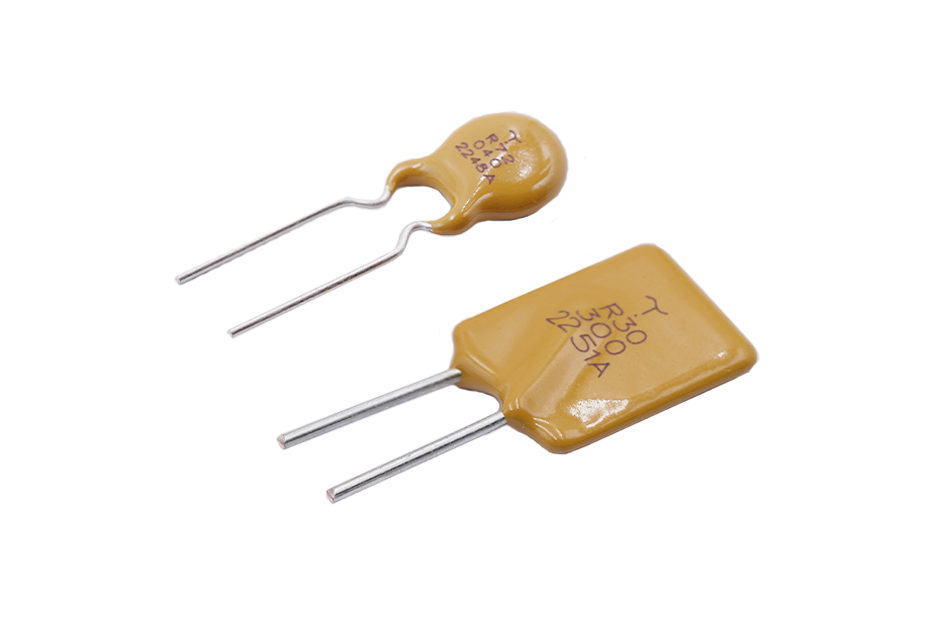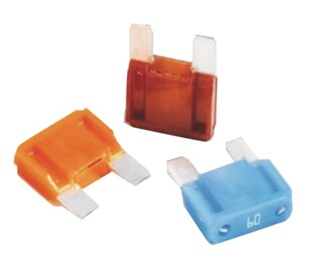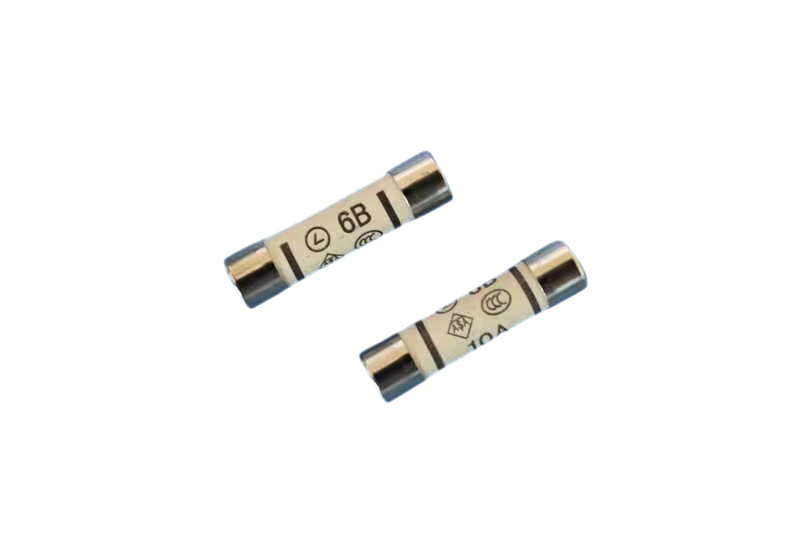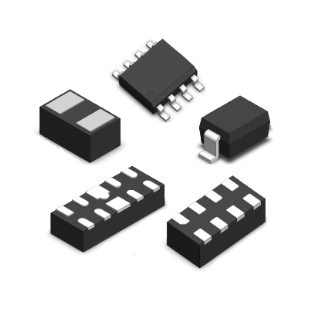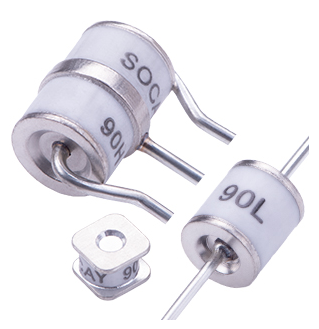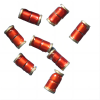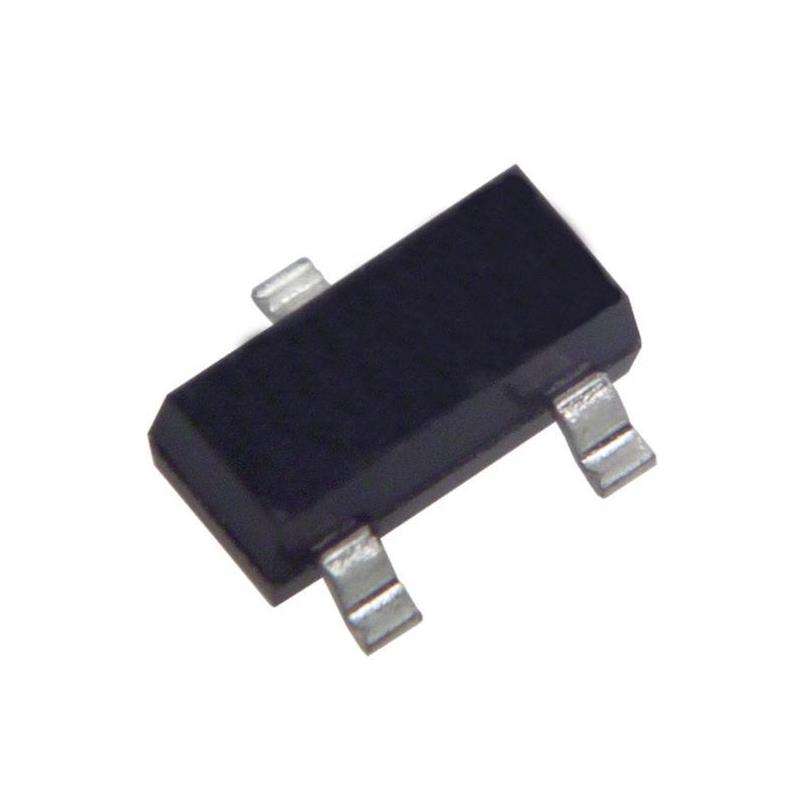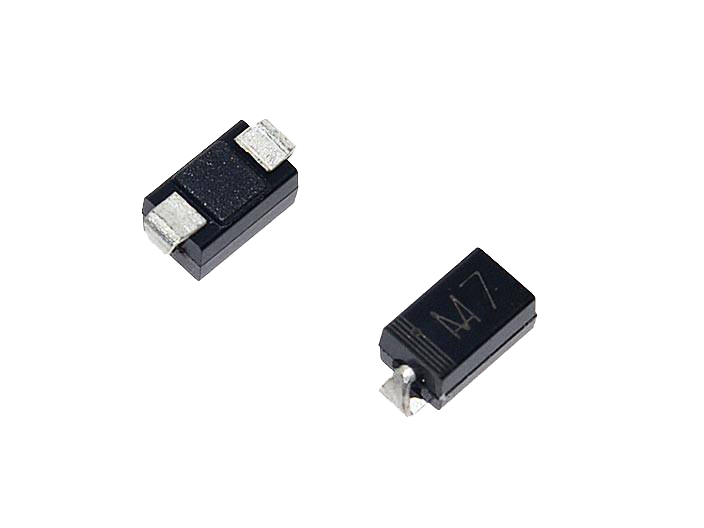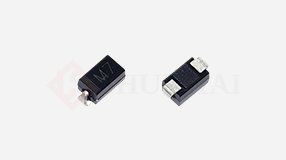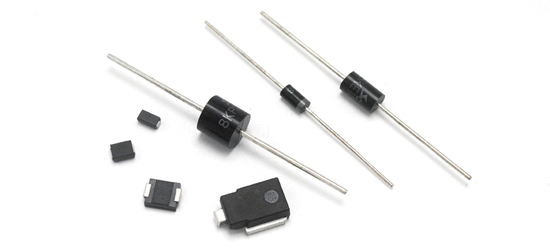List of Model Selection and Online Purchase Address for Chip Resistors: Click on the image to enter
The maximum overload voltage of a patch resistor refers to the maximum voltage that the patch resistor can withstand under normal operating conditions. Chip resistors are a common electronic component commonly used for resistance adjustment and voltage sharing functions in circuits. Understanding the maximum overload voltage of patch resistors is crucial for the correct selection and use of patch resistors.
The maximum overload voltage of patch resistors depends on factors such as their size, material, and working environment. In general, the maximum overload voltage of SMD resistors will be given in the product specifications. Usually, the maximum overload voltage of patch resistors is labeled in volts (V). Voltage exceeding the maximum overload voltage may cause problems such as resistor damage, excessive current, or circuit failure.
The size of the chip resistor is one of the important factors affecting its maximum overload voltage. Usually, larger patch resistors can withstand higher overload voltages. This is because larger chip resistors typically have better heat dissipation performance, which can better convert electrical energy into thermal energy and dissipate it, thereby reducing the temperature of the resistor. An increase in temperature may lead to a decrease in the performance of the resistor, thereby affecting its maximum overload voltage.
Materials are also one of the factors that affect the maximum overload voltage of chip resistors. Different materials have different conductivity and heat dissipation properties. In general, metal materials have good conductivity and can withstand high overload voltages. In some high-temperature environments, chip resistors made of high-temperature ceramic materials can withstand higher overload voltages. Therefore, when selecting chip resistors, it is necessary to choose appropriate materials based on the specific working environment and requirements.
In addition, the working environment of SMD resistors can also have an impact on their maximum overload voltage. In environments with high temperatures, humidity, or corrosive gases, the maximum overload voltage of SMD resistors may decrease. This is because high temperature, humidity, or corrosive gases can affect the material properties of SMD resistors, leading to their failure or damage.
In summary, understanding the maximum overload voltage of patch resistors is crucial for the correct selection and use of patch resistors. When selecting patch resistors, it is necessary to choose appropriate parameters such as size, material, and working voltage based on the specific working environment and requirements. Reasonable use of SMD resistors can improve the stability and reliability of circuits, and avoid problems caused by excessive overload voltage.

